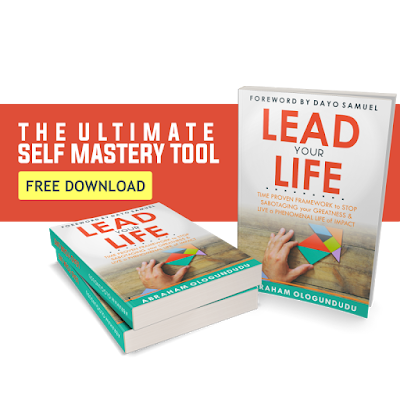Guest post by Peter Minkoff
Walking down the memory lane, we can see how education looked
like decades ago, before the era of computers and smartphones. We had a school
teacher standing in front of pupils, telling the lesson and writing down the
most important things with chalk on the chalkboard. What we have today seems
miles away from chalkboards. Still, the goal of education remains the same –
providing students with necessary knowledge and provoking love for learning.
What is different, though, are the tools that are used in teaching and the
simplified access to information for students. Let us see some of the concrete
ways how technology is changing education.
Evolution of the Teacher
Though the goal has remained the same, the person who executes
it had to evolve from a lecturer in an ex
cathedra approach to an artist/entertainer/know-it-all who has to compete
with the technology for students’ attention and work together with it with the
same purpose. In many ways, technology has made the job easier for teachers,
because now they can dig deeper into the topic and explain it better, by using
videos, photos, info graphics, audios and presentations.
Sharing the Notes
A while back, kids were writing down notes on classes and then
photocopied them and distribute and exchange them throughout the class. That is
no longer the case. Through various apps, the students and the teachers can
share notes, homework, ask questions and give comments on certain lessons. Not
only that, the ordinary old notes as we remember them evolved from photos and
text to presentations, videos, audios, etc.
Interactive Approach
Both students and teachers today have an obligation to engage
in learning, communicate and build an interactive way of mastering the courses.
The children can learn a lot of things at home with various video games. A good
example is Poptropica which features video games inspired by
history and bring this subject closer to kids. Also, the teachers have all the
necessary tools to use similar approaches on their classes. The tech-devices
enable the students to communicate which each other and with the teacher beyond
the classroom walls.
Personalized Teaching
Personalized learning, also known as competency-based learning has become possible
mostly because of the technology advancements. It is a holistic and
student-centered approach to education. Based on the premise that each student
has different interest, skills, needs and aspirations it is supporting students
of all ability level. Besides, personalized approach shows students that the
teachers care about them as individuals, which further leads to a more positive
learning environment and, thus, better results. By accepting this approach,
teachers are becoming co-learners and they have to use inter-disciplinary means
and work together with students.
Screens Are the New Books
The textbooks are being pushed aside by eBooks, smartphones,
computers and tablets. A research done by VJR Consulting showed that media use
among children ages 8 to 18 the has grown so much that they, on average, spend
twice as much time with screens as they spend in school (annually). That does
not have to be a bad thing, though. If students would switch completely to
eBooks and other devices, that would be more convenient and more affordable.
The children can master the learning by using technology really fast. Just look
at the “cloud grannies” project which includes retired
professionals from the United Kingdom mentoring the groups of students in India
via Skype.
The changes we are witnessing today are just the start of the
evolution of education. Because evolution, by itself, carries positive
implications, we feel the need to point out that, if done right, the usage of
technology in education can significantly ease the job of a teacher, improve
the individual success of students and thus, later on, “produce” more competent
people with diplomas.
 Peter is a lifestyle writer located in Brisbane, Australia. After graduating from Australian Institute of Creative Design, he worked as a trend forecaster and as a freelance writer for few local newspapers in Brisbane. Beside writing, he loves shopping, cooking exotic meals and travelling around tropical destinations. He’s future plans are in creating his personal lifestyle blog about everyday life-saving tips.
Peter is a lifestyle writer located in Brisbane, Australia. After graduating from Australian Institute of Creative Design, he worked as a trend forecaster and as a freelance writer for few local newspapers in Brisbane. Beside writing, he loves shopping, cooking exotic meals and travelling around tropical destinations. He’s future plans are in creating his personal lifestyle blog about everyday life-saving tips.





